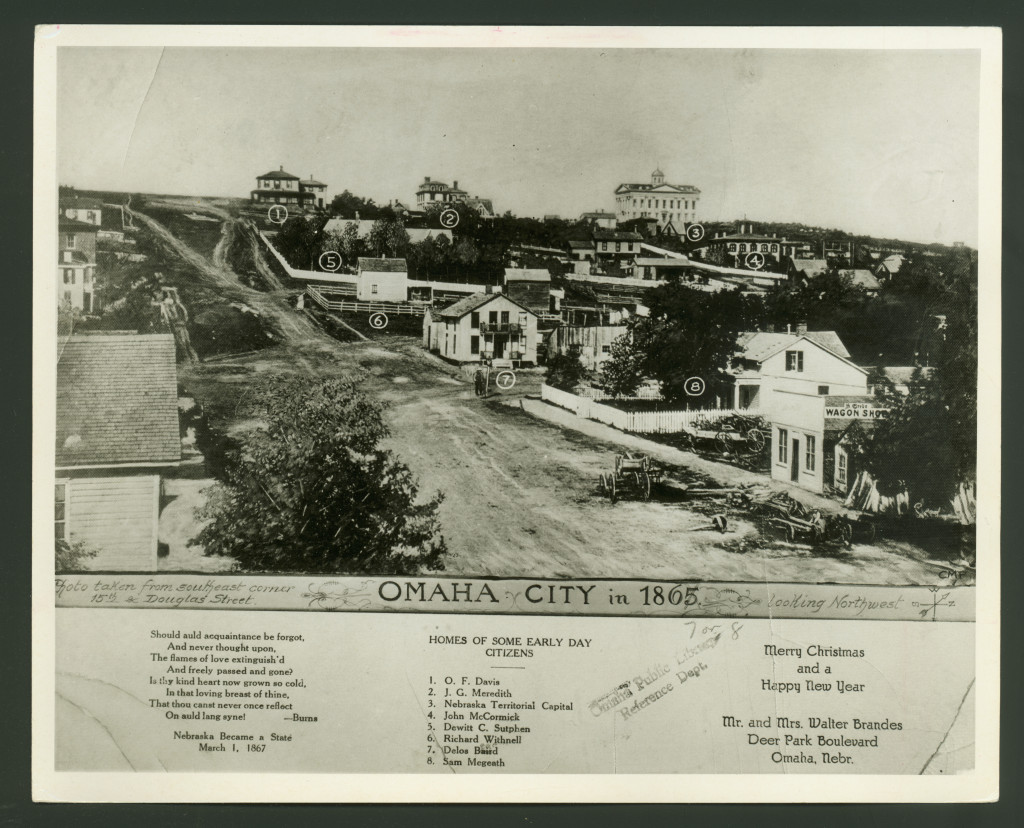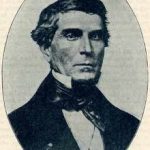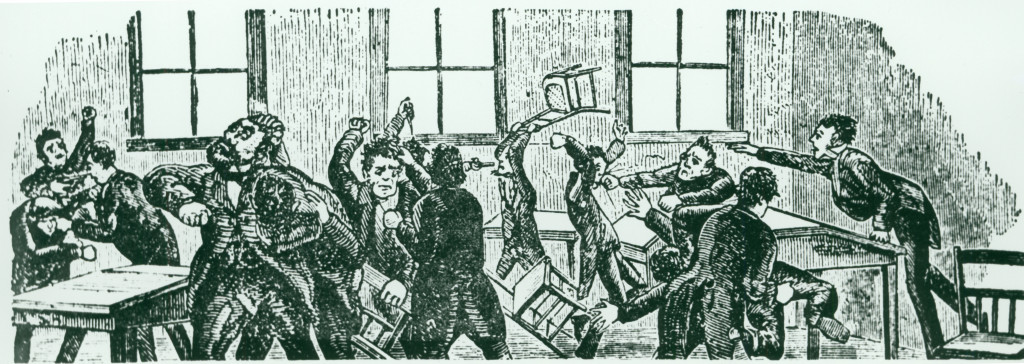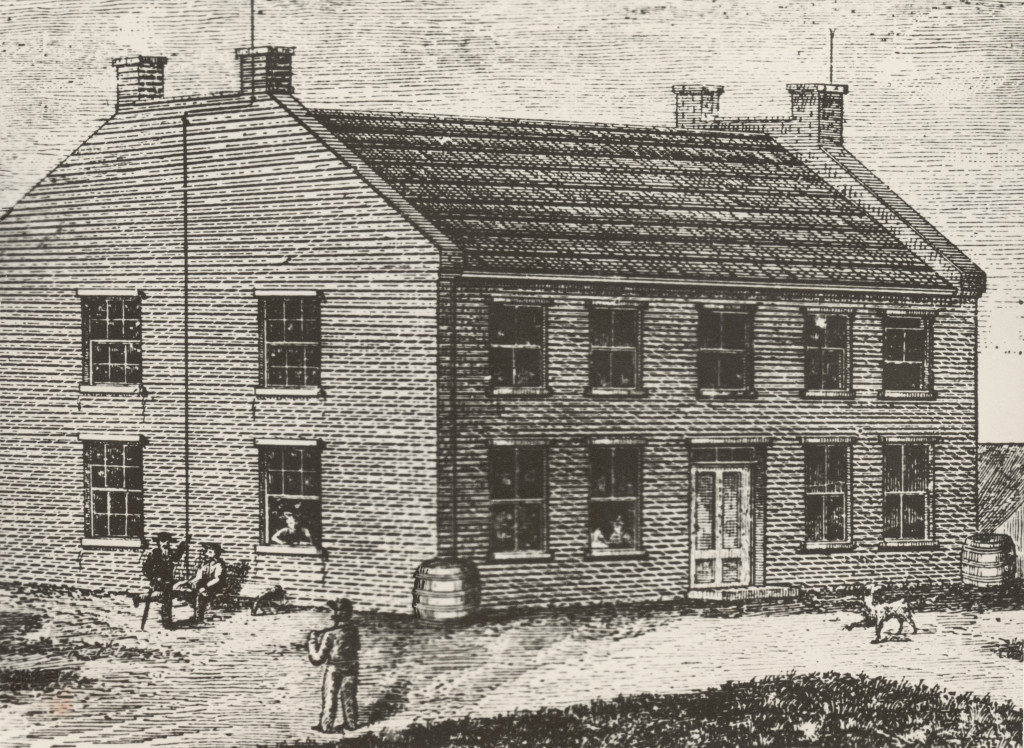Enlarge

By David L. Bristow, History Nebraska
Were it not for Francis Burt’s digestive problems, Bellevue might be Nebraska’s big city and Omaha its suburb.
Francis Burt was Nebraska Territory’s first governor, appointed by President Franklin Pierce. (U.S. territories elected legislatures but not governors.) Burt arrived in Bellevue on Oct. 7, 1854. Why Bellevue? Towns were springing up all along the west bank of the Missouri River, but Bellevue was more established, having served as a trading post and Indian mission for decades. Burt apparently intended to convene the legislature there.


But the governor had fallen seriously ill during the four-week journey from his native South Carolina. He died on Oct. 18. During the next crucial months, territorial secretary Thomas Cuming served as acting governor. Cuming was allied with the founders of “Omaha City” and made it the capital.
Cuming ordered a census so he could apportion legislative districts for Nebraska’s first election. The census showed twice as many people living south of the Platte River as north of it. That was not what Cuming and his Omaha backers wanted to hear. The unbridged Platte was a major travel barrier and was quickly becoming a political divide. South Platters didn’t want the capital to be in Omaha.

The acting governor ignored the census results and assigned most of the legislative seats to the area north of the Platte. This helped him protect Omaha’s status as the territorial seat of government after Cuming convened the first legislature there.
Cuming’s enemies lambasted him at mass meetings. In Nebraska City, a 22-year-old aspiring politician named J. Sterling Morton wrote to President Pierce denouncing Cuming as an “unprincipled knave.”
Omaha used a combination of bribery and parliamentary maneuvers to maintain its status, but by early 1858 the anti-Omaha men had a clear majority in the legislature. They planned to introduce a bill to allow the selection of a new capital. That day, Omaha legislators and their allies launched a filibuster that quickly erupted into a fistfight on the House floor. The Omahans prevailed with help from about 50 local men waiting in the back of the room.

The next day the anti-Omaha group carried a motion to adjourn the House and reconvene in Florence. The Omahans protested that the motion was illegal, and for several days Nebraska had two rival legislatures, each denouncing the other as illegitimate.
Nebraska was between governors at the time. The former appointee had resigned; the new one had not yet arrived. Tom Cuming was once again acting governor. He refused to recognize the Florence legislature. Upon arrival, the new governor agreed with Cuming. Omaha had escaped again.
Omaha’s reign as capital city finally ended after Nebraska became a state in 1867. An anti-Omaha coalition passed legislation to select a new capital city. The winner was required to change its name to Lincoln in honor of the late president. A committee chose the village of Lancaster, which at the time had only two stores, a shoe shop, six or seven houses, and about 30 residents.

“It is founded on fiat,” an Omaha newspaper said of the new capital city, “no river, no railroad, no steam wagon, nothing. It is destined for isolation and ultimate oblivion.”
But Lincoln eventually grew into its new role, while Omaha boomed as a railroad center. Today, Omaha Central High School stands atop the former Capitol Hill.
As for Bellevue, the former trading post and almost-capital city remained a tiny town until the Martin Bomber Plant opened there in World War II. ■
Visit History Nebraska’s website at history.nebraska.gov.
The post When Omaha Was the Capital City appeared first on Nebraskaland Magazine.
















